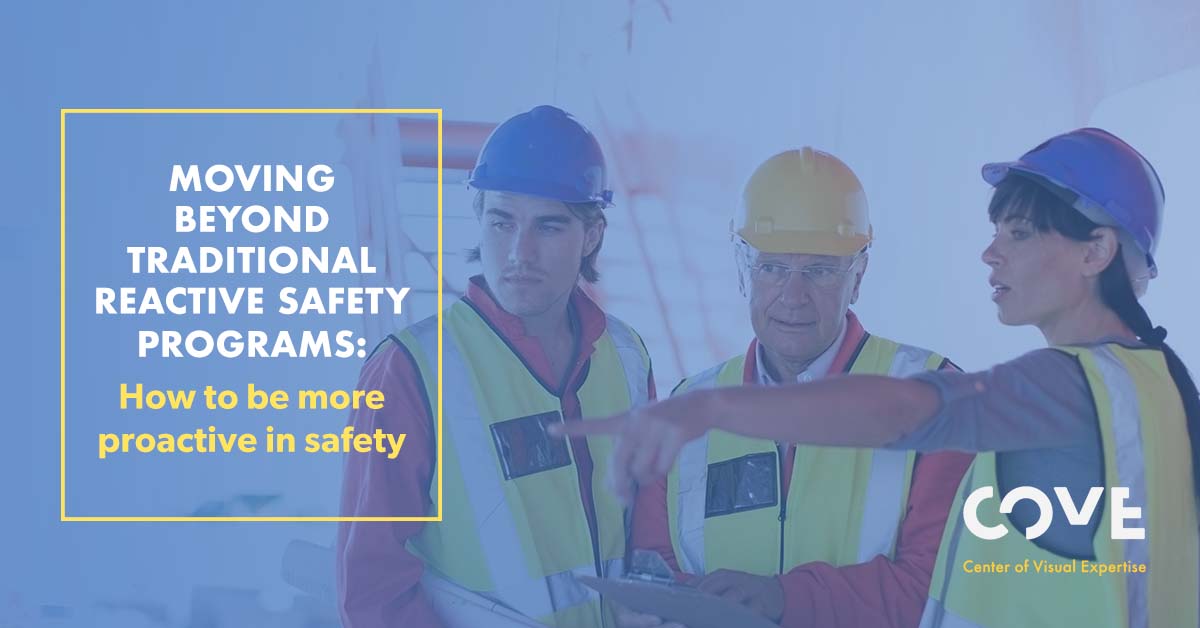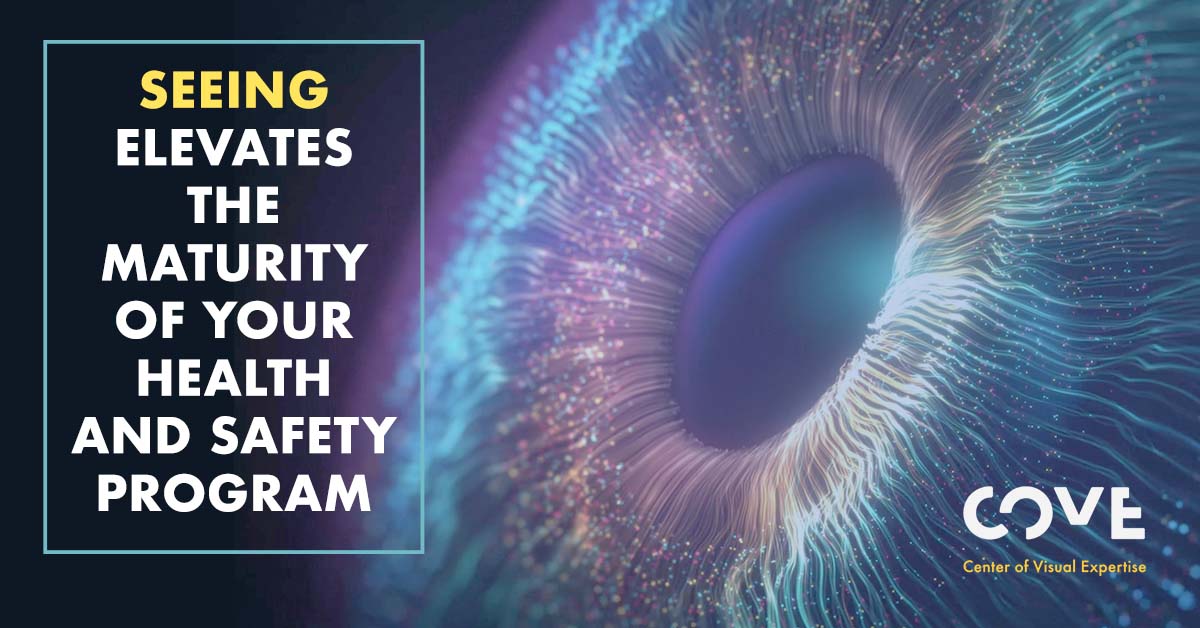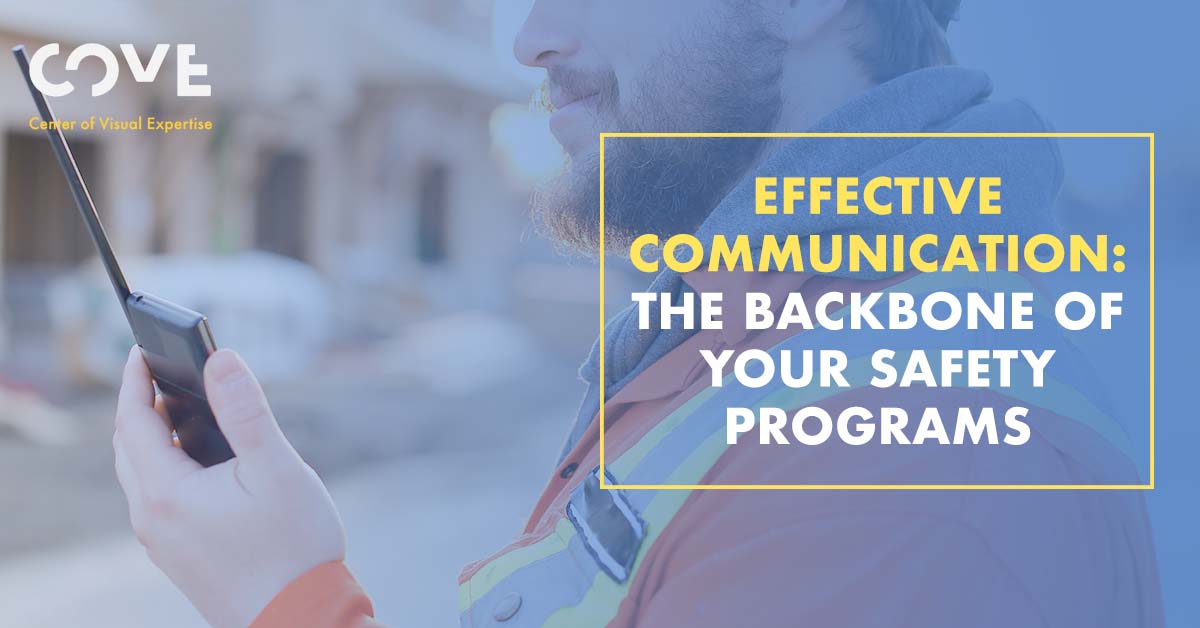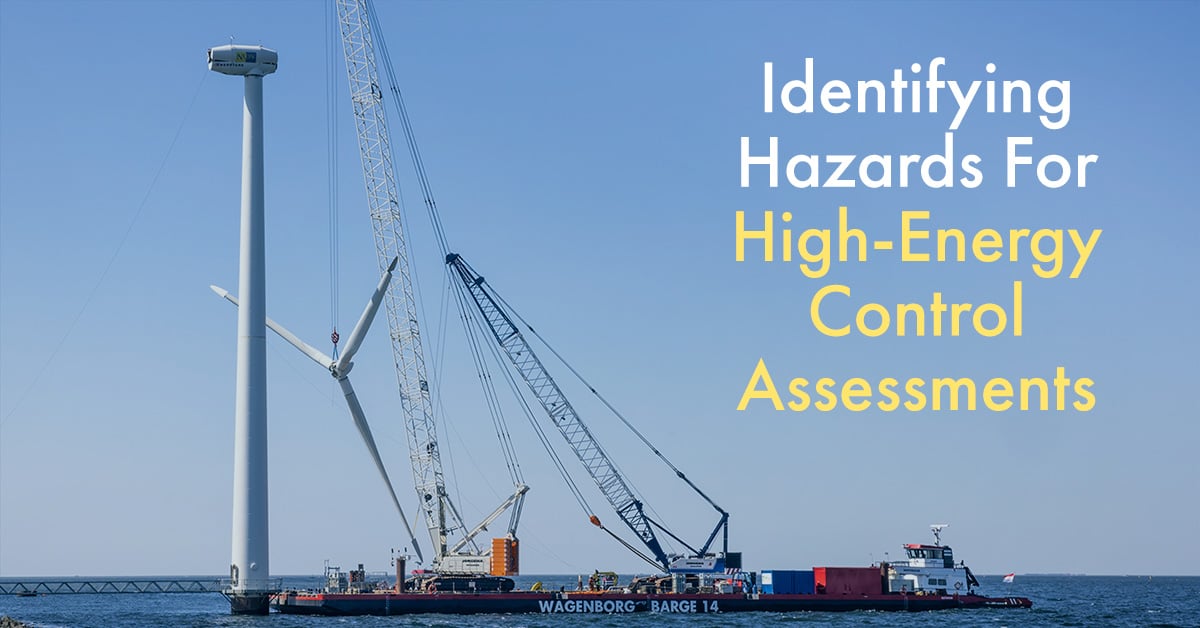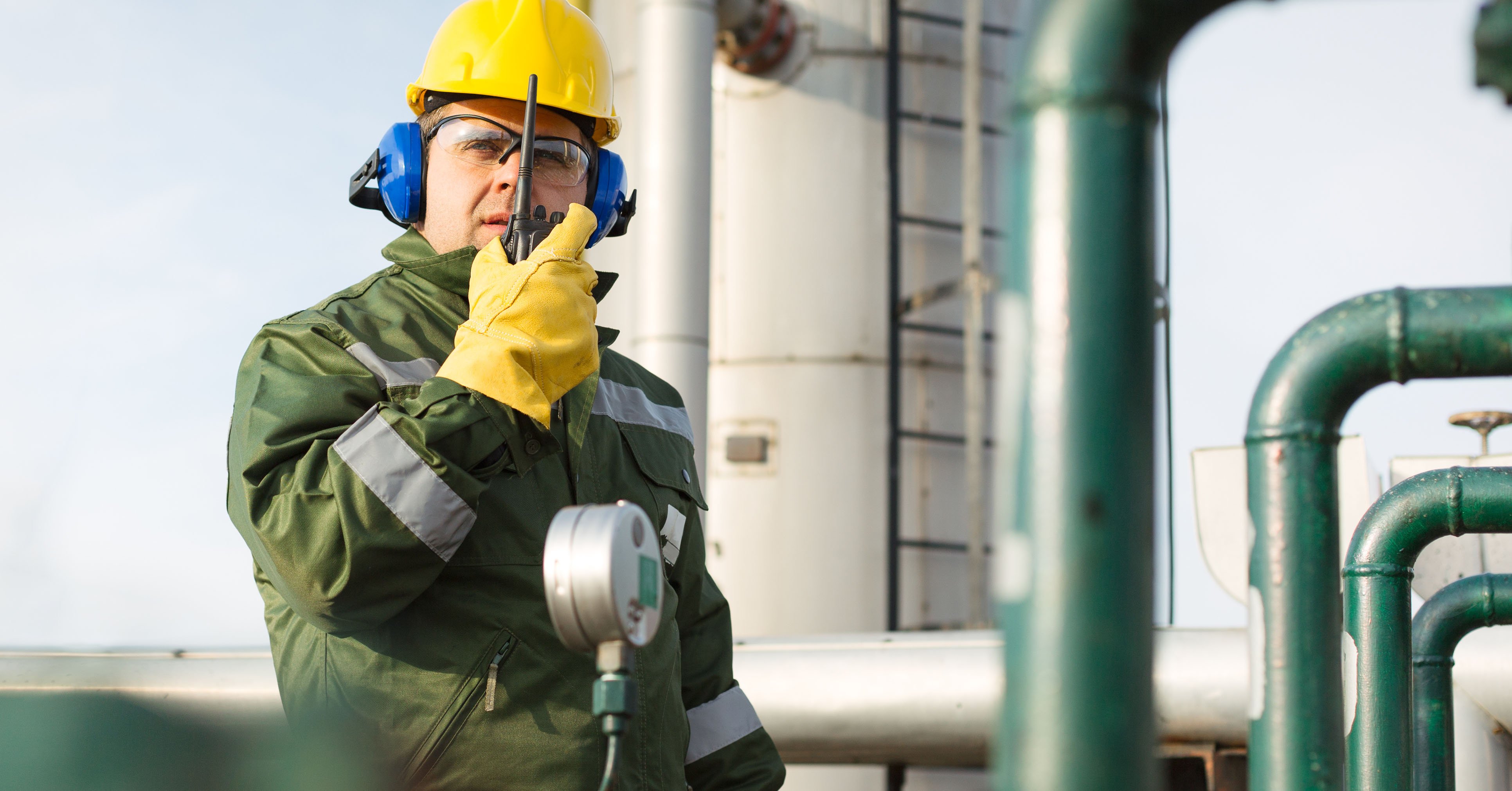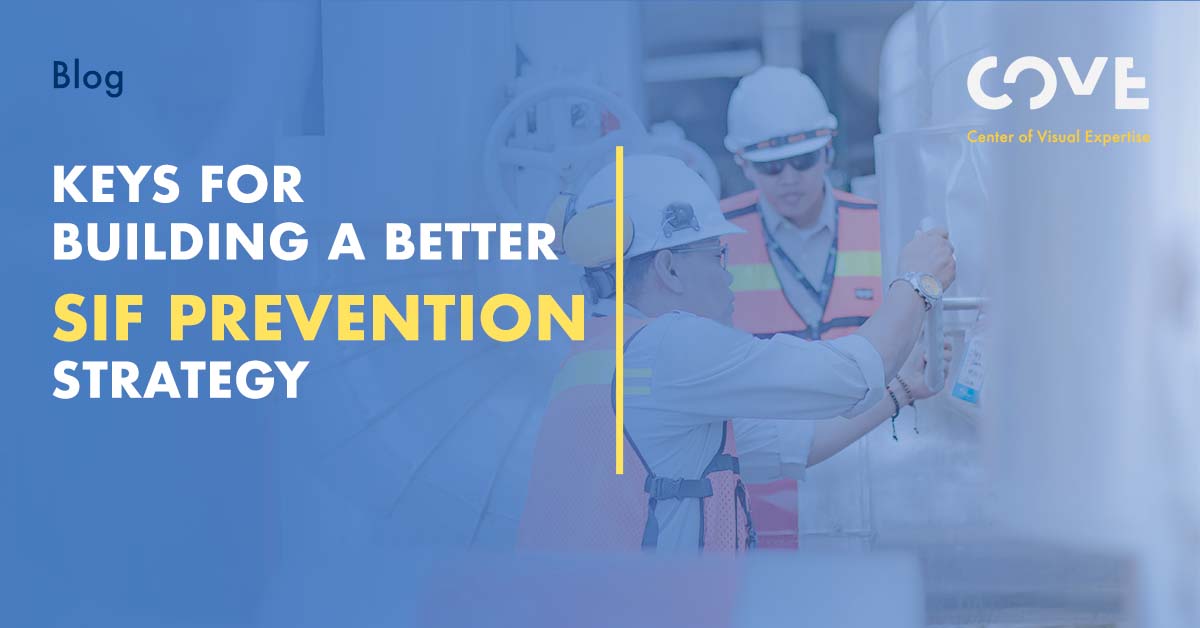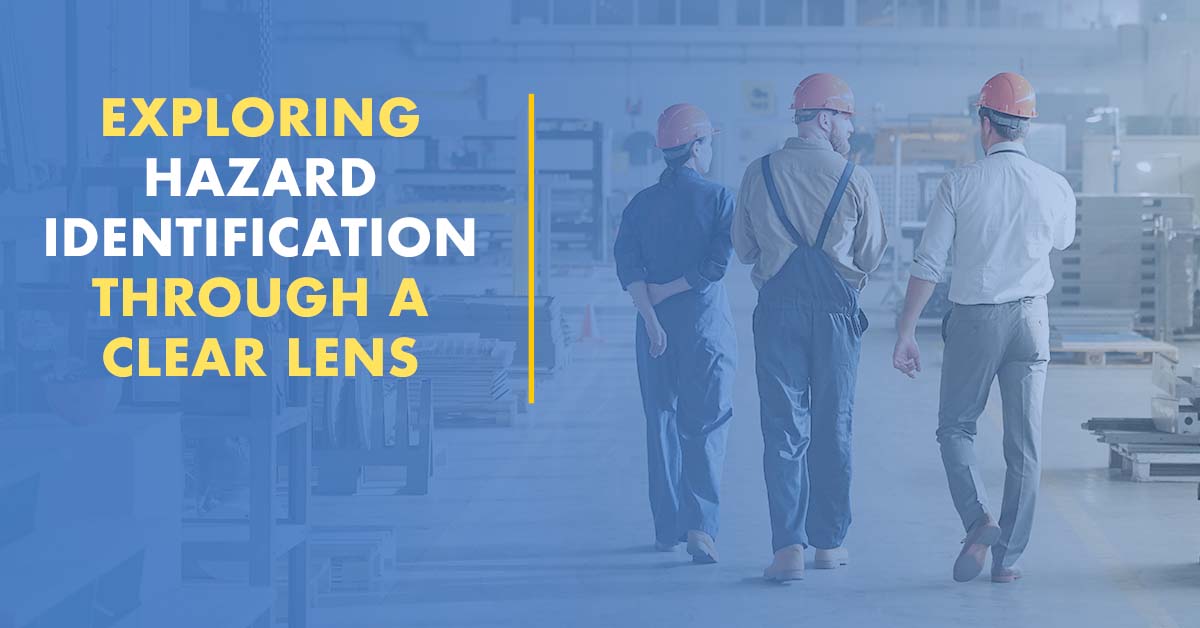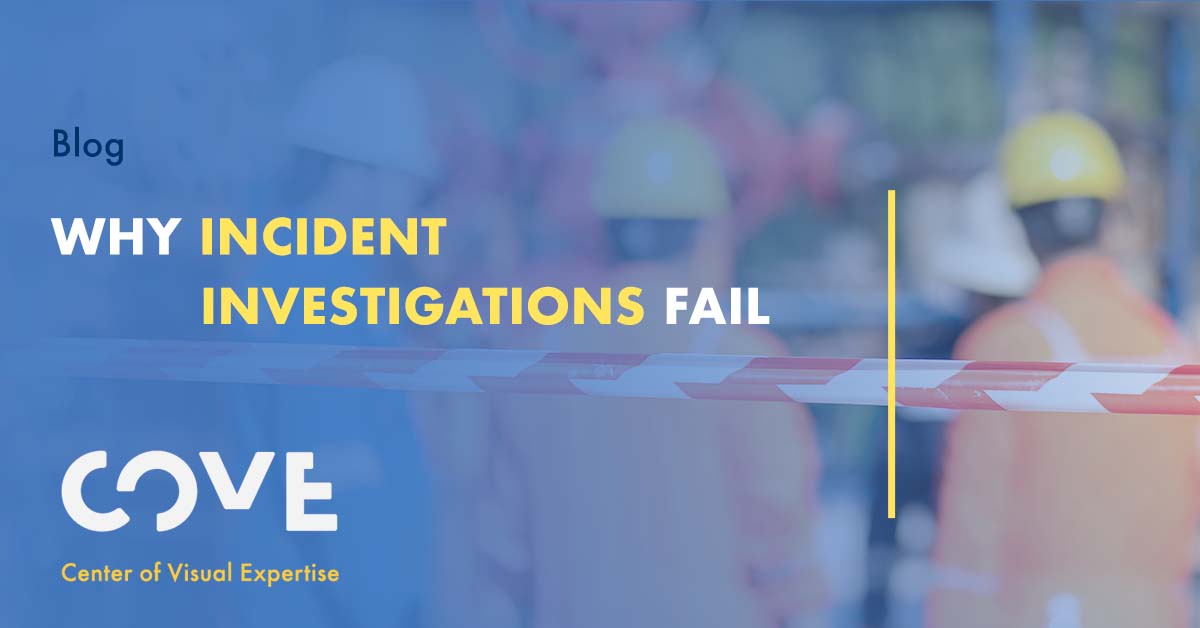By Glenn Murray on Dec 4, 2019 12:12:10 PM
Some of us still remember when safety training went like this: Workers would assemble in a conference room, or any large room set up in a classroom type setting. A presenter would be in the front of the room, going through a myriad of slides or maybe play a video, and then at the end the presenter would conduct a verbal or written quiz. Fun? Not usually. And probably the least effective in terms of learning and retention in many cases.
Well, we’ve come a long way with safety training since those days. Computer-based, interactive, self-paced training is available for many safety topics. Many other issues can be effectively addressed with on-the-job, hands-on training. And while these and similar methods certainly have their place, it is usually a stretch to call them ‘fun.’
More recently, with Virtual Reality and other high-end training and learning technologies available, we are seeing some very exciting developments in the safety training world. If you have tried any of these new tools, you have no trouble saying they can be fun and they can be quite effective. But even these new and impressive methods still have their limitations, cost and availability often being among them.
What if I told you that some of the most engaging, cost effective, and simple ‘safety training’ you could conduct takes place in an art museum? Or if an art museum is not readily available, with a collection of common every-day ‘objects’? At COVE, the Center of Visual Expertise at the Toledo Museum of Art, one of the most effective ‘training’ exercises offered during the Foundations of Visual Literacy workshop is called the Back-to-Back Drawing exercise. I hesitate to call it training, because it really is a learning experience and an exercise in personal discovery. Among other things, it is used to ‘teach’ the Elements of Art associated with the Visual Literacy (VL) curriculum. A systematic approach for looking that originated in art education and is now being leveraged to teach people how to see their working environments more clearly; with the intention to identify additional hazards and prevent incidents from occurring. The workshop takes you through what these elements are and how to use them in workplace settings.

Back-to-Back Drawing is only one of the ‘training’ experiences offered by COVE. For most of the workshop you are in the art galleries participating in exercises that challenge your personal biases and open your eyes to seeing the world as it truly is and not what you think it is. The workshop is fun, engaging, participative, and memorable. And it works.
Given the many different exercises we introduce throughout the course of the workshop, they all are:
1. Easy to conduct,
2. Require little or no technology,
3. Can be undertaken with workers or managers at virtually any level in the organization,
4. Do not cost a lot of money,
5. Are transportable (i.e., you don’t need an art museum to replicate them in your organization, although we highly recommend it if it is feasible),
6. Highly effective,
7. Engaging and FUN.
Most Importantly, participants realize pretty quickly that we all have variances in the way we see things, how we interpret them and they way we communicate with others. Making the connection to safety and showing how these variances can impact safety outcomes, we then begin to see the importance for a common and systematic approach for seeing, interpreting and describing.
After completing the workshop, you will have a sound understanding of Visual Literacy, the techniques and how they can be applied to workplace safety. COVE offers a Train-the-trainer approach that allows you to take all the exercises, learnings and materials and teach them to employees at your site.
If you’re looking for a safety training that is fresh, engaging, and easy to implement look no further. Check out this short video below to see what past participants have to say about attending a workshop or visit our Foundations of Visual Literacy Workshop page.


